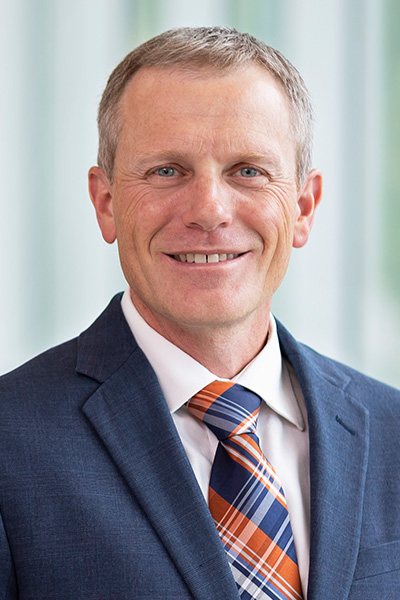Director’s Message

Deprem means earthquake in Turkish. This was one of the first words I learned while visiting Turkey for my Master’s degree research following the 1999, magnitude 7.4 Kocaeli Earthquake. This earthquake killed approximately 17,500 people and left about 500,000 people homeless. Even one year after the earthquake, the destruction was still evident and shocking. Every person we talked to in the streets of Adapazarı had a story to tell of either survival or of death, and everyone wanted to know when the next deprem would strike. The fear was palpable. This experience had a profound effect on my life, and ultimately led me to pursue a Ph.D. degree in Civil Engineering, with an emphasis on earthquake engineering. Since that time, I have traveled as part of earthquake engineering reconnaissance teams to study the aftermath of large earthquakes around the world. I have seen earthquake destruction in both under-developed and fully-developed countries, and one thing I can say for sure is that I am always shocked to see the devastating and diverse nature of earthquake damage. Earthquakes cause buildings and bridges to collapse, roads to crack apart or be swept away in landslides, water, sewer, and gas lines to fail, and electricity grids to falter. But, good engineering can help to minimize the chances that these natural hazards will turn into natural disasters.
Utah is a state with significant seismic hazard. The recent, moderate-size magnitude 5.7 Magna Earthquake that occurred near Salt Lake City on March 18, 2020 caused over $600 million in damage. Effects from the Magna Earthquake are even more shocking when viewed with an understanding that Utah’s “big one”, an expected 7.0-plus magnitude earthquake, would release approximately 90 times more energy than the Magna earthquake. A study conducted in 2015 revealed that a magnitude 7.0 earthquake along the Salt Lake City segment of the Wasatch Fault would result in approximately: 2,500 deaths, 8,000 injuries, 84,000 displaced households, 330,000 households without drinking water for 90-plus days, and $33 billion in economic losses. These statistics are scary and almost unimaginable. Nonetheless, we must confront them and recognize that we have built much of our society and infrastructure along major fault lines. Indeed, by some estimates, approximately 80% of Utah citizens live within 15 miles of the Wasatch Fault, which runs from Nephi through Brigham City, almost directly beneath the I-15 corridor. Furthermore, research performed by geologists and seismologists indicates that we are overdue for a large earthquake on several segments of the Wasatch Fault. All signs point to the need to focus our attention on developing and implementing strong engineering solutions to mitigate damage from these future earthquakes.
In 2023, the Utah Legislature dedicated $2.5 million dollars to help initiate the Utah Earthquake Engineering Center (UEEC) at Utah State University (USU). The overarching goal of the UEEC will be to proactively seek engineering solutions to limit deaths, dollars, and downtime caused by large seismic events within the state. Within the context of this overarching goal, we will focus on numerous challenges that stand in the way of making Utah more resilient to the effects of a large and destructive earthquake. These challenges include: (1) educating citizens and government officials about the significant risks associated with occupying unreinforced masonry structures (URMs) and developing novel and economical engineering solutions for retrofit and/or replacement of these structures, which include more than 100 operating K-12 schools; (2) educating citizens and government officials about the real potential for massive soil liquefaction damage and soft ground amplification in our heavily-populated valleys and developing novel and economical engineering solutions for retrofit and/or replacement of vulnerable utilities buried in these soils (i.e., water, sewer, electrical, gas, and communication networks); (3) studying our road and rail transportation networks with an eye for identifying critical-points with the greatest potential to interrupt emergency response and subsequent recovery and then developing novel and economical engineering solutions to fix those vulnerabilities; and (4) training more new earthquake engineers at USU and certifying existing private sector engineers in the state to be effective at pre-earthquake seismic design and post-earthquake building inspections.
We accept the challenge of working to increasing Utah’s resiliency against earthquakes. We hope to collaborate with all interested stakeholders who share this goal. We aim to conduct cutting edge earthquake engineering research and implement our findings into practice. We plan to train the next generation of earthquake engineers who will work to implement sound seismic design principles when building and retrofitting our civil infrastructure. If we can be of service to you or your community, please don’t hesitate to contact us.
Sincerely,

Brady R. Cox, Ph.D., P.E.
Director of the Utah Earthquake Engineering Center
Professor, Department of Civil and Environmental Engineering
Utah State University
Phone: 435-471-9162; Email: brady.cox@usu.edu

